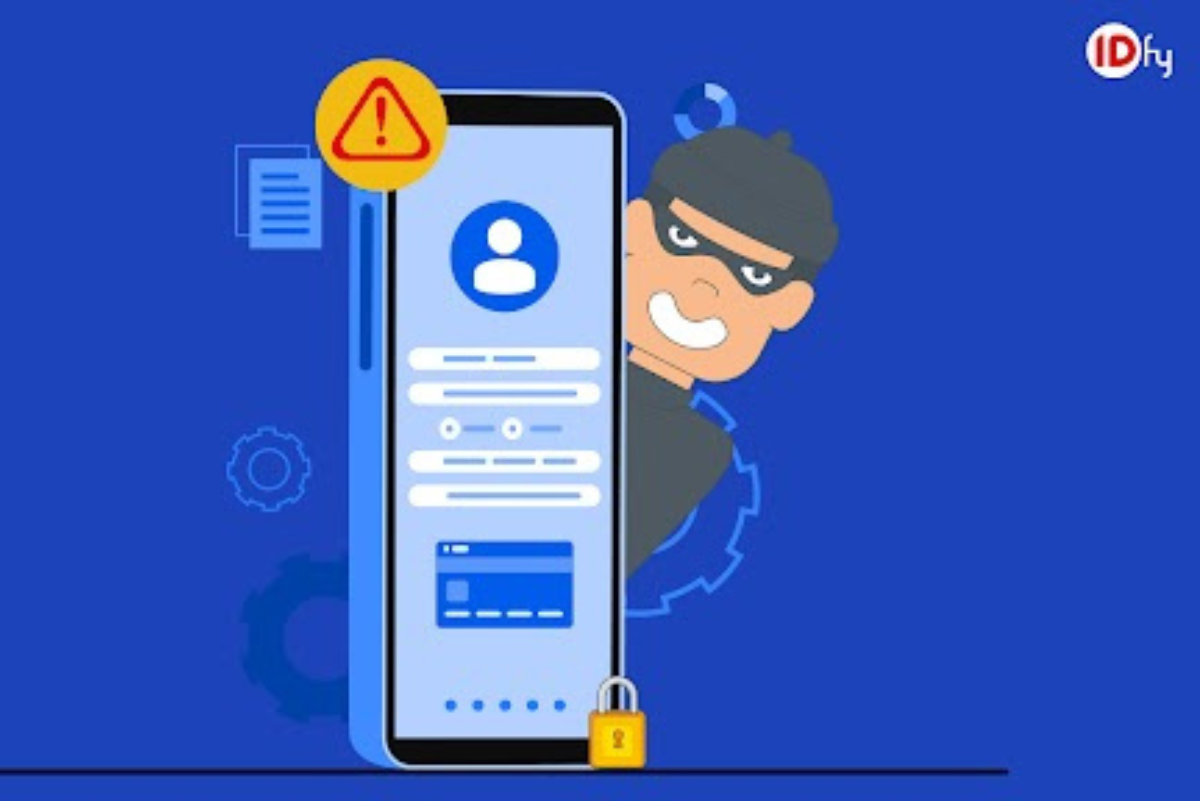The exponential growth in the digital lending ecosystem has been accompanied by a rise in the number of fraudsters and scammers who try to defraud lenders at every turn.
Our research has identified three kinds of fraud that specifically concern bank statements. The first-party fraud involves an individual taking their own bank statements and manipulating them to reflect a favourable financial situation.
The third-party fraud involves taking someone else’s bank statements and making modifications to pass it off as one’s own. Finally, synthetic identity fraud involves creating a bank statement from scratch, while maintaining control over all transaction amounts.
Most forms of fraud relate to one or more of these categories. Most of these frauds can be mitigated through the use of technology that detects physical tampering and differentiates between original documents and printouts.
Here’s a look at the specific kinds of fraud that are coming at us in 2024.
The smokescreen
In an attempt to secure loans, we’re noticing more and more instances of people bumping up their salaries and reducing their overall EMIs through the use of editing tools. This creates a perception of higher repayment ability, thus making them more likely to secure a loan.
This kind of fraud is fairly easy to detect – pay attention to the document to catch anomalies, and look for balance reconciliation at every transaction.
Whose statement is it anyway?
Another clever strategy to pass off as having financial stability involves poaching an existing bank statement with a healthy financial view, and using editing tools to change the name on the first page, and dates all across.
This helps a person pass off someone else’s bank statement as their own. Catch this fraud by checking for a 1:1 match on statements by reviewing similar looking bank statements, and pay attention to anomalies in the document through a document tampering check.
Designer fraud
This mechanism is cleverer by far: The fraudster builds out the account statement from scratch to match the format used by a given bank.
It starts with a template search. The fraudster then adds up transaction details to show the desired income, as if to evidence financial health.
A good way to detect this is to check it against current bank statement templates, trace anomalies in the document, and look for suspicious transaction indicators like round numbers, or transactions on a public holiday, among other things.
Bank account volleyball
In this type of fraud, an illusion of financial activity is created by transferring money between accounts and entities that are all controlled by the fraudster – except these activities are made to look like legitimate income or transactions.
Detecting this is perhaps the easiest: Look at the top 10 accounts that appear on both, the debit and credit side of the bank statements.
Another kind of bank account volleyball
A variation of circular transactions, fraudsters create accounts in different banks and set up shell accounts, which are used to synthesize transactions and bump up the credit profile of the accounts.
This is usually detectable through a look at suspicious transaction indicators and the presence of a suspicious amount of round numbers.
The Friends and Family Fraud
It seems to take a village to commit fraud sometimes: Fraudsters might lean on friends and family members to send false deposits to their account to bump up their average balance and income numbers.
Once the loan is sanctioned, these deposits are reversed. A clever way to keep an eye on such fraud is to pay attention to the suspicious transaction indicators and monitor the accounts even after sanctioning the loan.
Shell shocked!
Fraudsters are also known to create shell or fake companies to orchestrate transactions for the sake of a fake bank account. By depositing salaries into their accounts from a shell or fake company, they create an illusion of financial soundness.
IDfy’s API has a nifty way to help you get out of this: The Shell/Fake companies database outs the mischief monger in no time. A variation of this is where a fraudster has salary deposits documented in their account statements from companies that do not employ them.
This can be caught out real quick using IDfy’s EPFO check and salary-keyword match.
Everything is Great!
The one fraud that manages to slip between the cup and lip is good old stage management: Where the fraudster shows you just the highlight reel.
Bank statements that appear to reflect a good financial position are highlighted and placed front and centre, without sharing anything that reflects the overall view of the financial health. This one is the hardest to detect – especially because nothing about the highlight reel is false.
Looking ahead
Fraud is as old as the hills – and it’s safe to assume they are here to stay. As scammers try to get clever with their manipulations, the key is to get ahead in the game yourself. Pre-empting all possibilities is one way to go – but being clever about implementing Bank Statement Analyses, for example, can go a long way in keeping the intensity of harm caused by fraudsters in check.

 Video KYC
Video KYC

